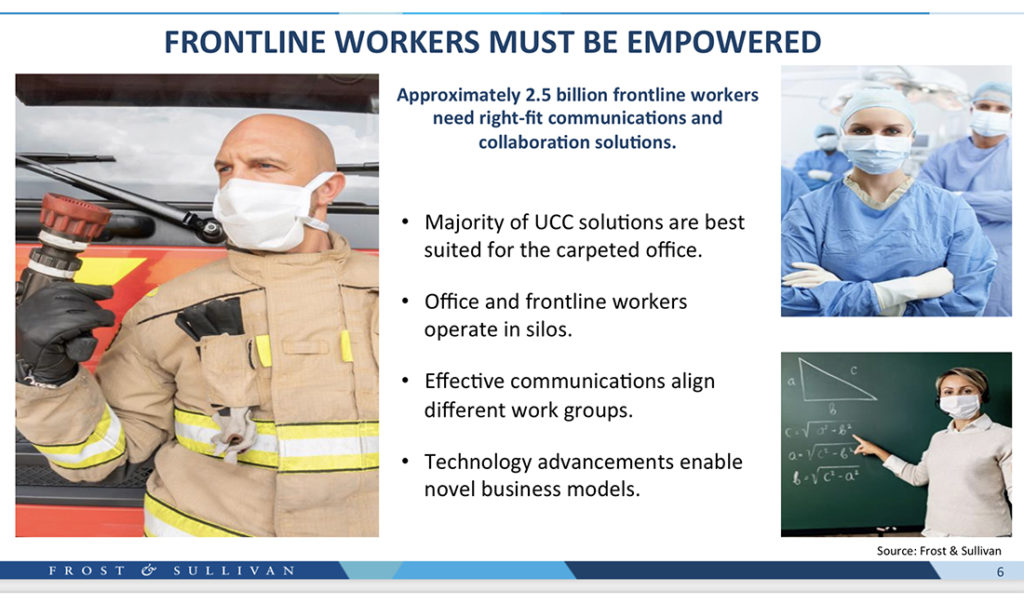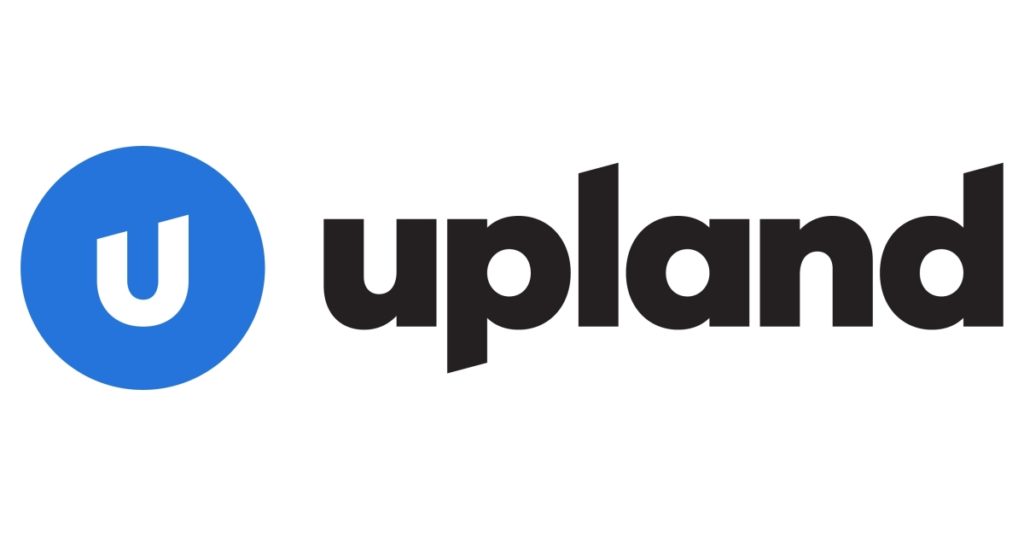When enterprises think about UCaaS solutions, the focus typically is on knowledge workers. But in many organizations, it may be even more important to equip frontline workers with the right communication devices and applications.
“Knowledge workers often don’t have a good view of what frontline workers are doing,” said Elka Popova, vice president and senior fellow, information and communication technologies (ICT), Frost & Sullivan. “So, you need to bridge those silos and empower the frontline workers in your company.”
Customizing communications and collaboration solutions for frontline employees was one of the themes of Popova’s presentation, “How UCaaS with a Vertical Focus Can Deliver Greater ROI” at Enterprise Connect 2021 in September. To boost employee productivity and customer satisfaction at all levels, enterprises should seek collaborative UCaaS solutions that are customizable to the needs of their industry, she said.
“Moving to the cloud can help break those silos, by offering custom integration and productivity applications that support workflows in your vertical,” said Popova.
“Cloud services allow you to deliver rich capabilities to diverse workforce regardless of location or job role.”
In the session, Dwight Moore, AVP solutions marketing, RingCentral, underscored the importance of taking a customer journey approach to understand the needs of frontline workers in specific verticals. Doug Knight, senior director, product management, Spectrum Enterprise, added that the needs of organizations also vary. “One size does not fit all, even in the same vertical,” he said.

Look beyond the office
Traditionally, unified communications (UC) applications are suited to the “carpeted office” and utilize desktop or laptop computers, said Popova. But teachers, nurses, truck drivers, field personnel and other frontline workers need a different set of tools, revolving around mobile devices and applications.
For workers in the field, video applications may be less important than voice and text communications, along with the ability to access the organization’s database or CRM. Workers in hazardous environments may need rugged devices that include satellite uplinks to the cloud, along with Wi-Fi connections, she said.
Popova noted that a December 2020 survey by Frost found that one-third of frontline workers felt they were not empowered or well equipped for their daily workflows. Workers said they wanted remote access to key applications, the ability to collaborate with teammates and interact more effectively with office workers, along we smoother access to internal information.
However, the challenges for organizations include cost, complexity of available tools and difficulty in managing change, she said. Besides infrastructure issues, there are functional silos in organizations that need to be bridged.
Popova encouraged IT leaders to think about how these challenges play out in verticals such as retail, healthcare, hospital and banking. Now is a good time to provide more communications modalities to frontline workers, such as group chat, SMS or team collaboration applications, she said. Both synchronous and asynchronous collaboration tools empower frontline and office workers to collaborate anywhere, anytime, on any device and network.
“Moving forward, digital business models will proliferate, Popova said. “So look for solutions that enable mobility with different communication modalities and take steps to empower the frontline workers in your organization.”

We deliver software to the doers, the deliverers, and the day-to-day heroes of real-life business.
It’s not about us. It’s about our proven products. To learn more about what we have to offer, visit our website here.